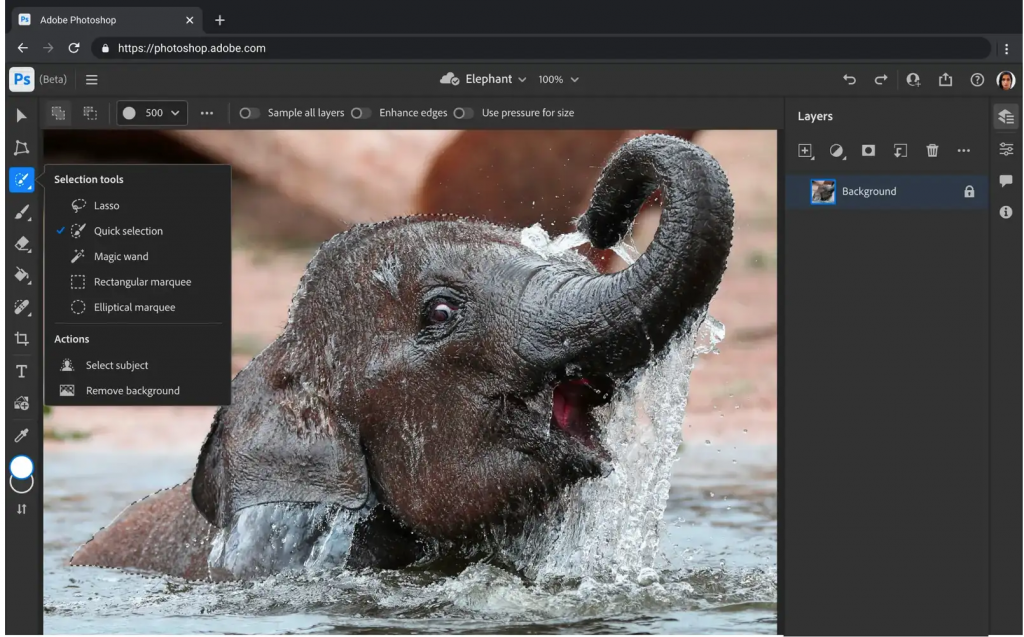
Image: Adobe
Adobe Photoshop Uses AI for Instantaneously Masking Photos
When it came to editing photos or even editing audio recording tape, for years it took someone with a razor blade and a steady hand. And sometimes if you messed up the original edit there was no way to go back and repair it. That is until Adobe Photoshop came along. Well, all of that is changing once again.
The Photoshop 23 update will make slicing up a photo will soon be as easy as browsing the web, because, like hyperlinks, the object you want to select becomes almost instantly highlighted the moment your cursor hovers over it.
For the past few years, many of the flashiest updates Adobe has made to Photoshop have been centered around masking, which involves erasing part of an image temporarily and then bringing it back. One of the most time-consuming tasks in editing photos, now the AI-powered Adobe Sensei engine has made complex masking easy. The new version of Photoshop allows users to simply move their mouse cursor over an object, instantly highlighting it and making it ready to mask.
And the new Photoshop version 23 will also now include a “Mask All Objects” feature where Adobe Sensei will analyze an image and automatically generate separate masks for every object detected. It is going to make editing a piece of cake if you know how to use Photoshop.
Multiple online collaborators will be able to view, add comments, annotations and notes to PSD files stored in the cloud, as well as perform very basic edits: simple selections, masking, limited layers support, and rudimentary adjustments and retouching of images.
The idea, at least in the initial stage, isn’t to completely replace the desktop version of Photoshop but to provide a quick and easy way to access Photoshop project files. Employees in a department can help design and edit on several devices.
Gizmodo.com said Adobe announced the Photoshop upgrade at the Adobe Max 2021 conference. In addition, Adobe Photoshop (as well as Adobe Illustrator, the company’s vector-based design tool) are both coming to the web for users of Google’s Chrome and Microsoft’s Edge browsers.
Another giant step forward with forward-looking AI.
read more at gizmodo.com







Leave A Comment